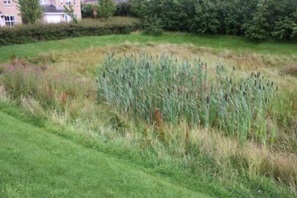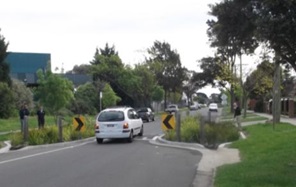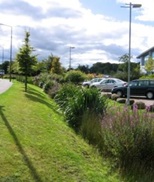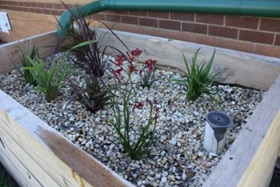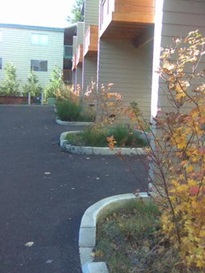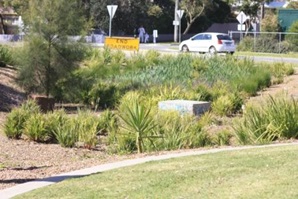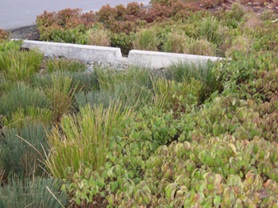
Raingardens are a concept developed in the USA which have been adopted widely in Australia, and are beginning to be used more widely in Europe. They provide a diverse range of multi-functional green infrastructure features based on attenuation of rainfall for both flood and drought mitigation.
The use of ‘Raingardens’ as an inclusive term for SUDS/Green Infrastructure technology has been used in America and Australia for many years. A study undertaken by SGIF in early 2014 confirmed the acceptance of the following definition:
“A Raingarden is a vegetated area designed to attenuate rainfall”
This is an all-encompasing definition, which includes standard SUDS systems built into housing estates, green roofs, walls, ponds systems, reed beds and filtration units, at any scale or size. Several examples of raingardens from the USA, Australia and the UK can be seen below.
Wales have started developing a rangarden campaign, called Rainscapes, which involves everyone from large companies to individuals.
The Metropolitan Glasgow Strategic Drainage Partnership have really useful information on what everyone can do to help reduce flooding, from individual homeowners, to Local Authorities and Develoers.
SGIF are currently working on a 10,000 Raingardens for Scotland campaign.
